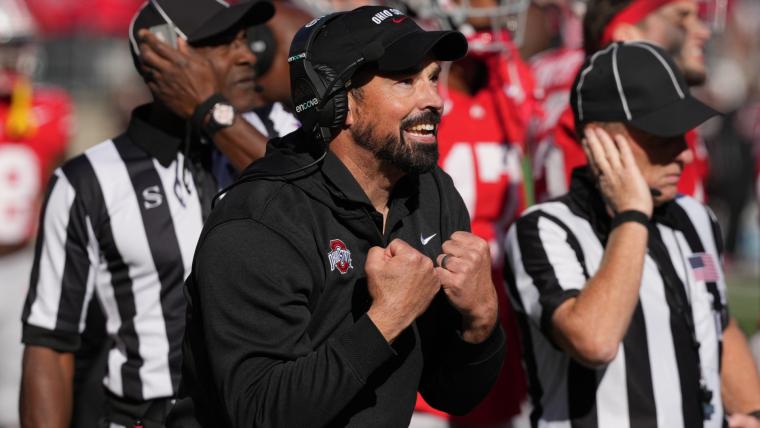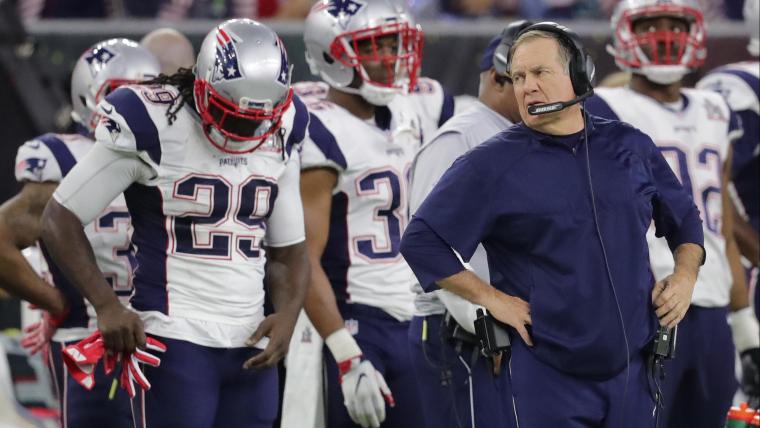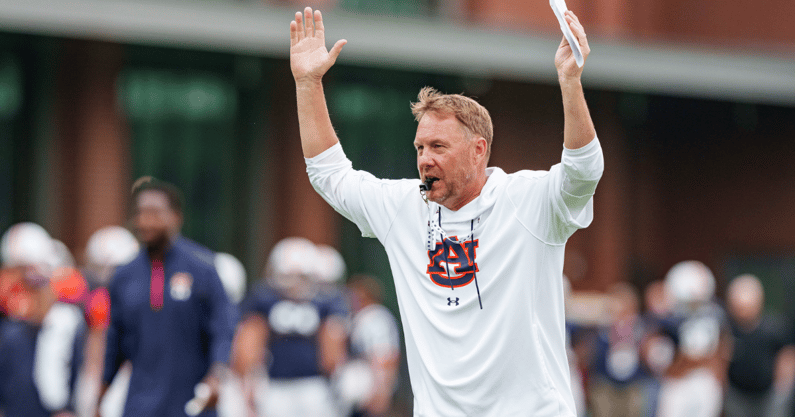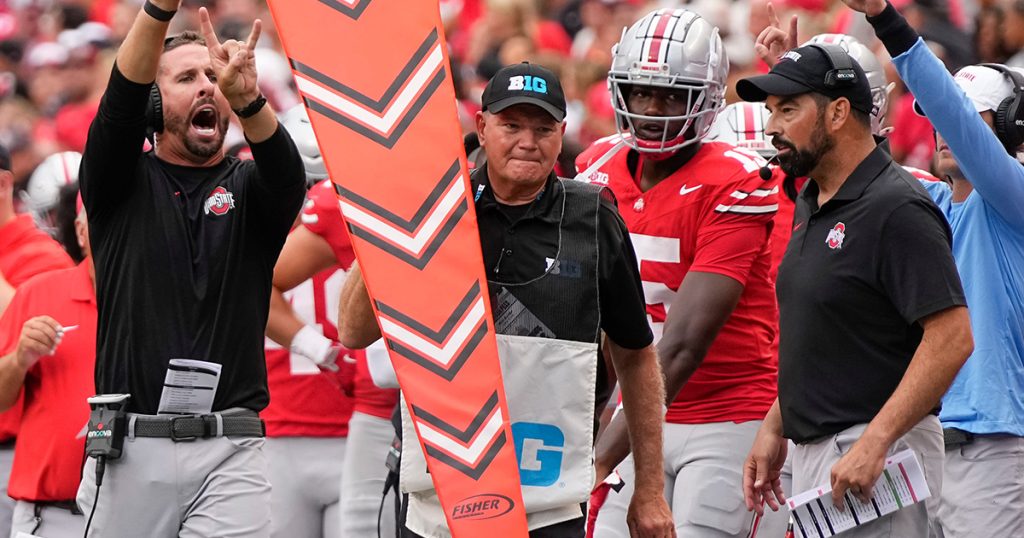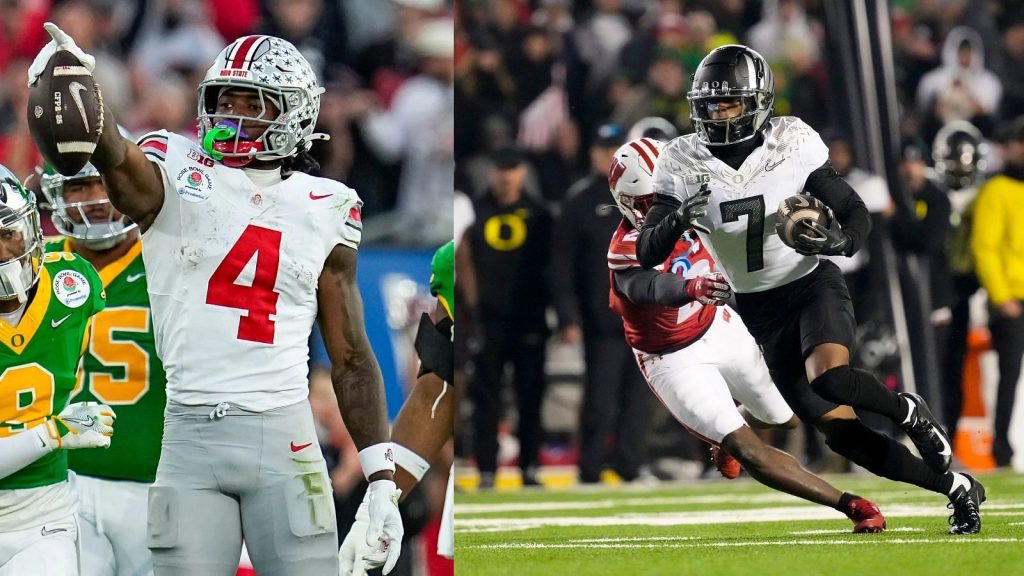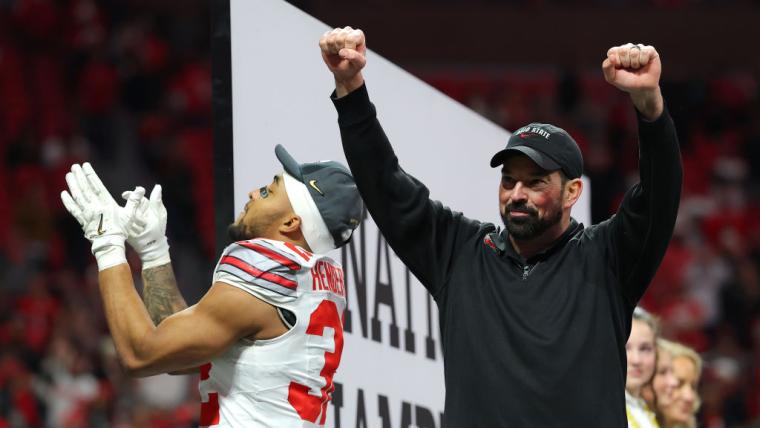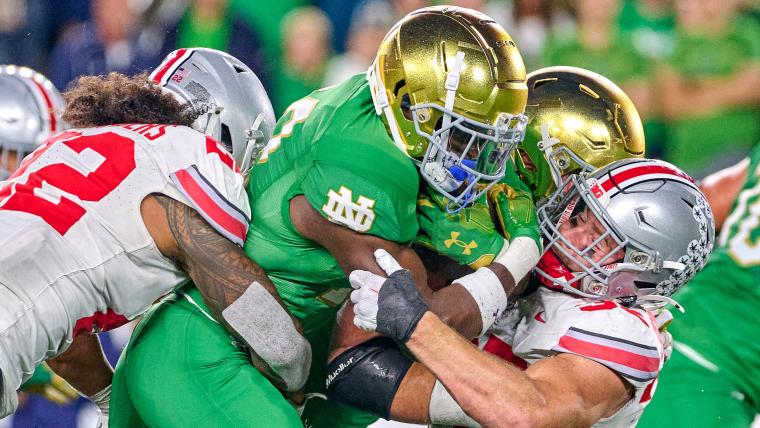Former coach Urban Meyer recently sparked an intriguing conversation about the future of college football, particularly regarding the potential split of the SEC and Big Ten from the College Football Playoff. This idea raises questions about the landscape of college football and what it means for schools outside these powerhouse conferences.
What if the SEC and Big Ten go solo?
Imagine a scenario where 34 schools are competing for a national championship, while the ACC, Big 12, a restructured Pac-12, and Group of Five programs are left to fight for a different prize. This division could fundamentally alter the competitive balance in college football. Meyer’s musings suggest that the SEC and Big Ten might be contemplating their own path, especially given the ongoing discussions about strength of schedule in playoff rankings.
The rise of super leagues
The idea of super leagues has been a hot topic in college football circles. Could we see the complete dismantling of traditional conferences? It’s a possibility that’s been floated around, and it raises the stakes for how teams qualify for the College Football Playoff. If the SEC and Big Ten decide to break away, they could create a new league structure that would redefine college football as we know it.
Strength of schedule matters
Meyer pointed out a significant concern: the disparity in schedules among teams. “Does Greg Sankey and (Tony) Petitti from the Big Ten get together and say, ‘this ain’t right?’” Meyer questioned during his appearance on The Triple Option. He emphasized that every SEC team has likely faced at least three ranked opponents, while some teams from other conferences might not have played any. This discrepancy raises valid concerns about fairness in the playoff selection process.
The implications of a split
If the SEC and Big Ten were to split from the College Football Playoff, it would undoubtedly create chaos across the landscape of college football. The ripple effects would be felt nationwide, impacting not just the teams involved but also the fans, broadcasters, and sponsors who have invested heavily in the current system. Would this lead to a more competitive environment, or would it further entrench the dominance of these two conferences?
What about the rest of college football?
In this potential new world order, what happens to the rest of college football? The remaining conferences would likely be left to compete for a lesser championship, similar to what FCS schools currently experience compared to the FBS structure. This could create a tiered system that diminishes the prestige of the College Football Playoff for those outside the SEC and Big Ten.
The NFL model: a double-edged sword
As college football continues to evolve, some argue that moving closer to an NFL model could be beneficial. However, others contend that it could detract from the unique essence of college football. The excitement, the rivalries, and the traditions that make college football special could be overshadowed if the focus shifts too heavily toward a professional model.
Urban Meyer’s perspective
Meyer, who has firsthand experience coaching in the SEC, understands the mindset of these conferences. “After living there for six years, the SEC cares about the SEC, and the Big Ten has grown that as well. They care about the Big Ten,” he noted. This loyalty to their respective conferences raises the question: would these powerful leagues consider going it alone if they feel their interests are not being adequately represented?
The future of college football
With the landscape of college football constantly shifting, the potential for a split between the SEC and Big Ten from the College Football Playoff is a topic that deserves attention. As these conferences continue to expand and dominate, the implications for the rest of college football could be profound. Fans and analysts alike are left wondering what the future holds for the sport they love.
In the end, the conversation sparked by Urban Meyer is just the beginning. The dynamics of college football are changing, and how these changes will unfold remains to be seen. Will the SEC and Big Ten forge their own path, or will they continue to work within the existing framework? Only time will tell, but one thing is for sure: the college football world is watching closely.







